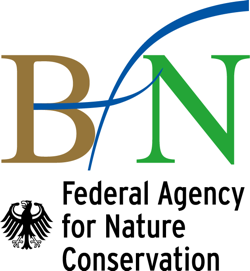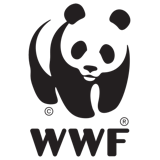Timeline
-
Ratification of the Convention on International Trade in Endangered Species of wild fauna and flora (CITES)
-
Asian elephant populations (Elephas maximus) were listed in Appendix I of the CITES Convention
-
African elephant populations (Loxodonta africana) were listed in Appendix III of the CITES Convention
-
African elephant populations (Loxodonta africana) were listed in Appendix II of the CITES Convention
-
African elephant populations (Loxodonta africana) were listed in Appendix I of the CITES Convention
-
Start of MIKE (Monitoring the Illegal Killing of Elephants) and ETIS (Elephant Trade Information System)
-
Southern African elephant populations (Loxodonta africana) were listed in Appendix II of the CITES Convention → allowing trade for special purposes
-
1st one-off sale of stockpiled, government-owned ivory of Botswana, Namibia and Zimbabwe to China and Japan
-
Development of NIAP (National Ivory Action Plan)
-
2nd one-off sale of stockpiled, government-owned ivory of Botswana, Namibia, South Africa and Zimbabwe to China and Japan
Start of the project "ivoryID: Determination of age and origin of ivory"
-
Start of the discussion "Decision-making mechanisms and necessary conditions for a future trade in African elephant ivory" by the CITES member states
-
Germany stoped re-exports of raw ivory
-
"Guidelines on Methods and Procedures for Ivory Sampling and Laboratory Analysis" was published by the United Nations Office on Drugs and Crime
-
Joint commitments to enact nearly complete bans of ivory import and export were announced by President Barack Obama of the United States and President Xi Jinping of China
-
United Nations General Assembly adopted a resolution about "Tackling illicit trafficking in wildlife"
-
In the context of the Cotonou Declaration 25 African elephant range States agreed to support all proposals and actions at international and national levels to close domestic ivory markets worldwide
-
European Commission adopted EU Action Plan against Wildlife Trafficking
-
The administration of the database, IvoryID (www.ivoryid.org), is intended to be passed on to a UN organization



